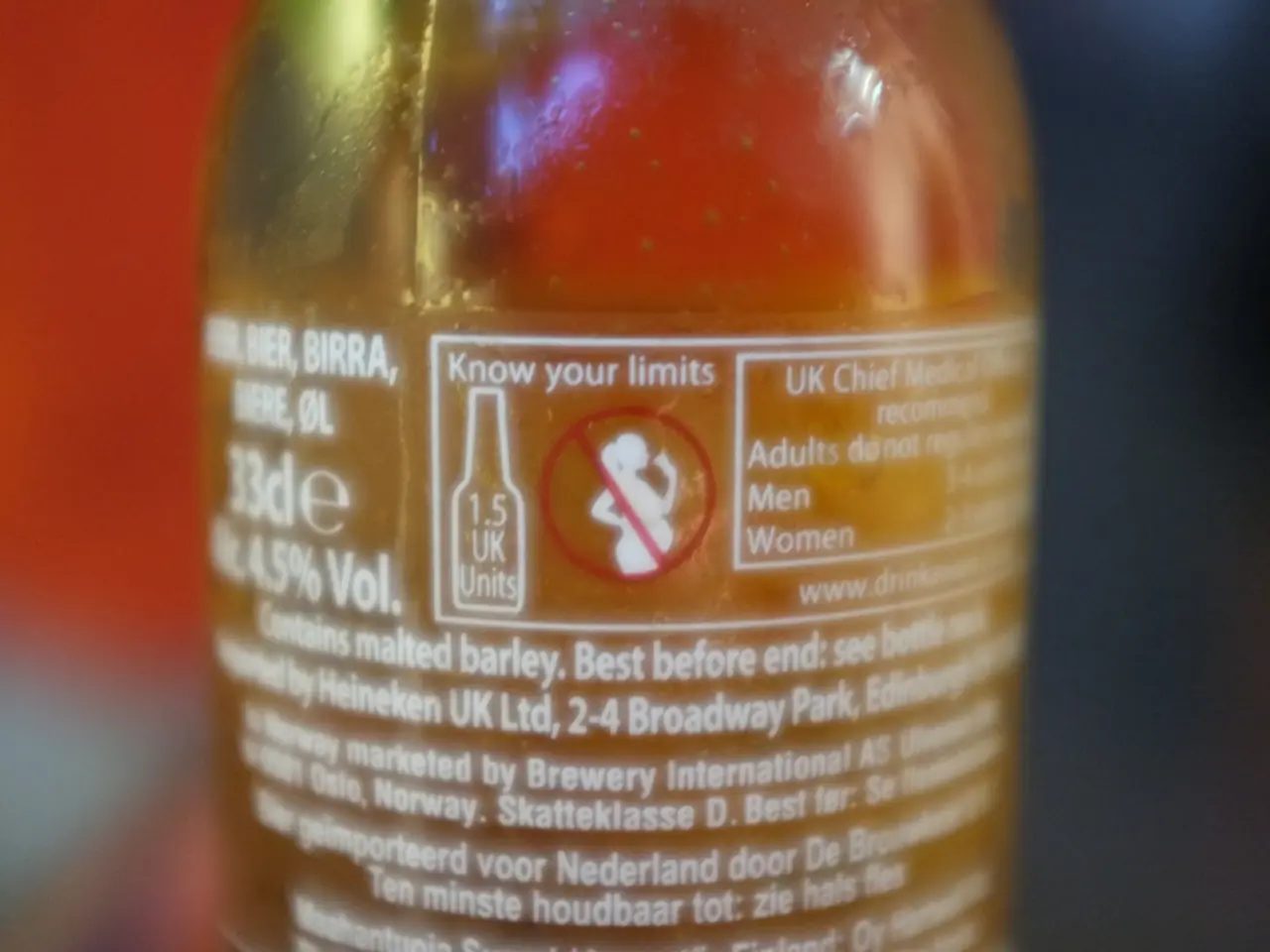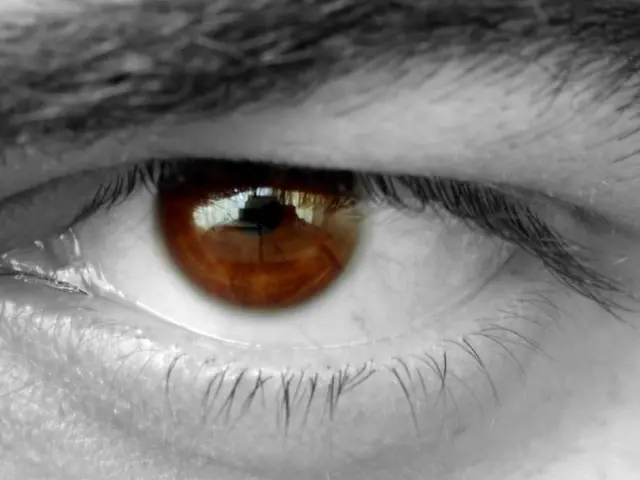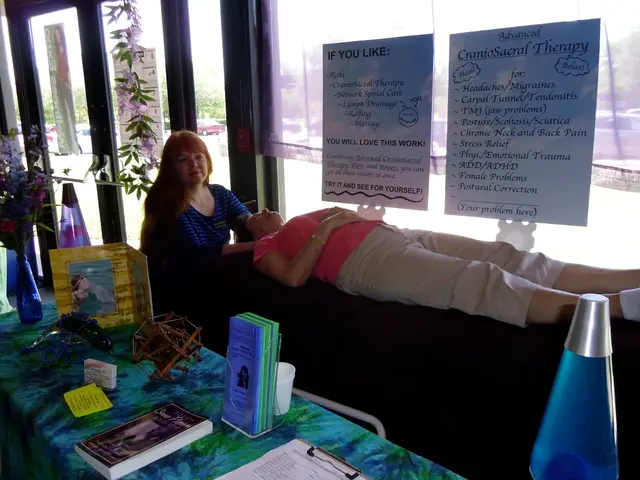Efficient wart elimination with salicylic acid: An exploration of its efficacy and application methods
Warts, small, raised bumps on the skin that may have small dots on their surface, are a common nuisance caused by a virus that causes skin cells to multiply faster than usual. While salicylic acid is a common treatment for wart removal, it may not work for everyone, and other treatment options are available both over-the-counter and by prescription.
If standard salicylic acid treatment fails or causes adverse side effects, people can consider alternative topical treatments. Prescription-strength salicylic acid with higher concentrations (50-60%) may be tried for more severe warts, improving effectiveness to 70-80%. Another option is imiquimod, a prescription topical cream that stimulates the immune system to fight the wart-causing virus, often used for genital warts but potentially applicable elsewhere. The effectiveness of imiquimod ranges around 50-60%.
Cantharidin, a topical treatment applied by a healthcare professional, causes blistering that lifts the wart off the skin, with about 70-80% success rates. Over-the-counter freezing sprays using dimethyl ether and propane can kill wart tissue, or more intensive cryotherapy can be done by a provider.
For those seeking natural remedies, some experts recommend diluted tea tree oil, oregano, or lemon myrtle essential oils for their antiviral properties, as well as apple cider vinegar soaks. However, it's essential to remember that the evidence for these home remedies is mixed.
When topical treatments fail or warts spread, dermatologists may perform other procedures including cryotherapy with liquid nitrogen, laser therapy, electrosurgery or curettage, or chemical peels or injections. These options are typically reserved for stubborn or cosmetically concerning warts.
It's crucial to consult a doctor before trying any alternative wart treatment. People with diabetes, a weakened immune system, or circulation problems should not use salicylic acid or other home treatments for wart removal. Additionally, people should be aware that sharing equipment used to file a wart may help spread the virus.
In conclusion, if standard salicylic acid treatment fails, prescription-strength acids, immune response modifiers like imiquimod, cantharidin, cryotherapy, or natural remedies such as essential oils are viable alternatives. Persistent warts may require professional medical intervention for removal. People should discuss side effects of these medications with their doctor, as they can be painful and may cause adverse effects. Curettage is a technique where a doctor uses a special instrument or knife to scrape or cut away a wart, potentially leaving scarring.
- A Q (Ask) about alternative treatments might be needed when standard salicylic acid for wart removal doesn't work or causes adverse effects.
- Prescription-strength salicylic acid, with higher concentrations, is sometimes used for severe warts, boosting effectiveness to around 70-80%.
- Imiquimod, a prescription topical cream, stimulates the immune system and has a success rate of approximately 50-60% against warts.
- Cantharidin, applied by a healthcare professional, has about 70-80% success rates for wart removal due to its blistering effect.
- Over-the-counter freezing sprays, dimethyl ether and propane, or more intensive cryotherapy can kill wart tissue, but they may come with more intense treatment.
- Natural remedies such as diluted tea tree oil, oregano, lemon myrtle essential oils, or apple cider vinegar soaks, are recommended for their antiviral properties, but evidence for their effectiveness is mixed.
- When topical treatments fail or warts spread, medical procedures like cryotherapy with liquid nitrogen, laser therapy, electrosurgery or curettage, chemical peels, or injections might be required for wart removal.
- Consulting a doctor is important before trying alternative wart treatments, especially for those with diabetes, a weakened immune system, or circulation problems.
- Sharing equipment used to file a wart can help spread the virus, so proper hygiene is critical during treatment.
- Curettage is a medical procedure where a doctor uses a special instrument or knife to scrape or cut away a wart, potentially leaving scarring. In skin-care and health-and-wellness, understanding various medical-conditions like obesity, macular degeneration, asthma, depression, NSCLC (non-small cell lung cancer), cancer, hepatitis, HIV, and skin-conditions such as warts, is essential for making informed decisions about preventative measures and treatment options in science and our daily lives.




